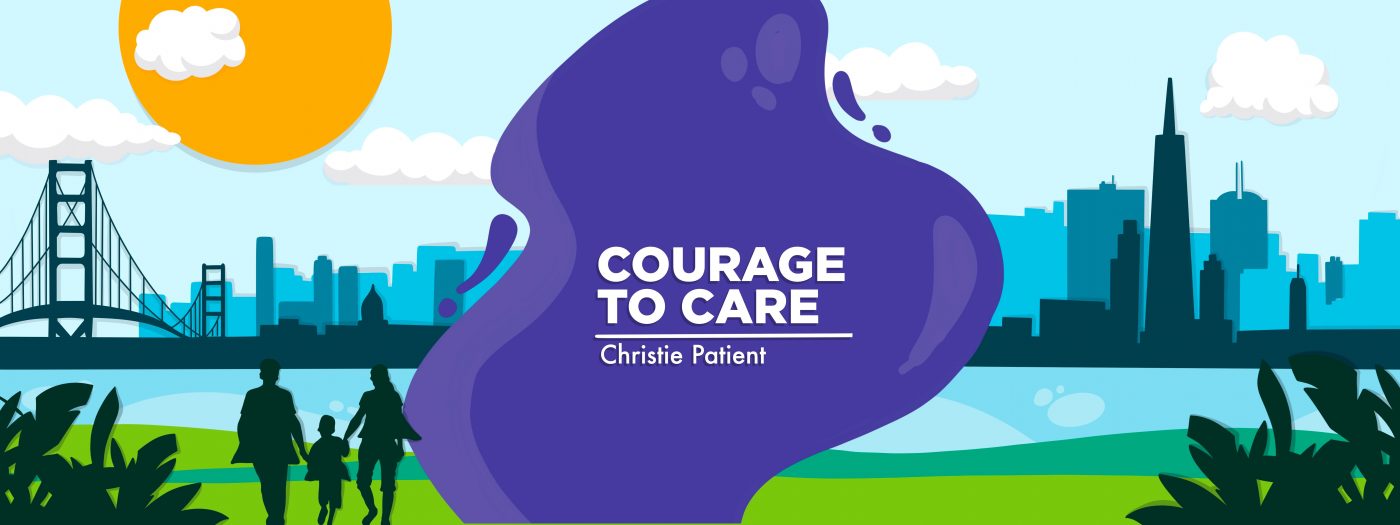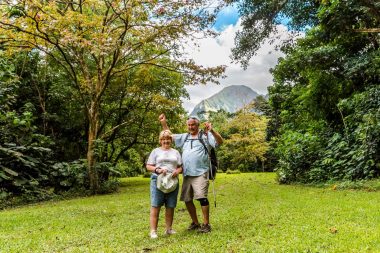Accessible activities to add to your Hawaiian vacation itinerary
A resident of the islands shares her disability-friendly recommendations

Whenever my family visits my husband and me here in Hawaii, I can’t help but reflect on my first trip to the islands right before my mom, Holly, was hospitalized for an acute exacerbation of her idiopathic pulmonary fibrosis (IPF).
That 2018 visit was our first real family vacation in many years. What I didn’t know then was that my mom had finally been diagnosed with IPF a few months before. She was using oxygen full time at home in the mountains and thought a trip to the tropics might bring relief from the breathlessness of life at 6,000 feet.
Unaware as I was of the prognosis of IPF, it didn’t occur to me until later that splurging on the vacation might have been Mom’s last hurrah. She was processing her diagnosis of a terminal illness and dealing with a sudden forced retirement on disability, and she wanted to make the most of the potentially little time she had left.
The unfortunate reality was that her appendix ruptured, making her spend most of the vacation in a hospital on the rural island of Kauai. It was the start of a terrifying nosedive in her health. Far from the support of her pulmonology team at the University of California, San Francisco (UCSF), doctors didn’t feel comfortable removing the damaged organ. Instead, they decided to administer high doses of antibiotics for 10 days to prevent sepsis and then sent her home.
This treatment plan meant that she had to stop using her anti-fibrotic and immune-suppressing medications. And, well, the rest is history. Weeks later, she was on a Care Flight to the intensive care unit at UCSF, where she stayed until she got her lung transplant three months later. The following year, 2020, my husband and I made the move to Hawaii.
When my parents came to visit us in Oahu for the first time last year — after waiting out the worst of the COVID-19 pandemic, receiving multiple doses of the vaccine, and getting the investigational prophylaxis medication Evusheld (tixagevimab and cilgavimab) — it felt like a victory lap. Mom had survived, and we finally got to spend time together in Hawaii.

Holly and Ed Patient celebrate being in Hawaii in 2022. (Photo by Christie Patient)
And while we made the most of our time together, we couldn’t pretend that we didn’t have some limitations when planning activities. My mom’s immunocompromised status post-transplant meant that we always did our best to mitigate our risk of getting sick when we were with her. We also had to consider my dad’s physical abilities, as he recently had a total knee replacement.
We still managed to pack a lot of fun outings into our time together, both here on Oahu and on the islands of Kauai and Hawaii (the Big Island). I’m excited to share my recommendations with you so that you can plan your own accessible and safe vacation to the tropics.
But first, a quick disclaimer: Traveling by plane can be a risk for anyone with pulmonary disease. My fellow columnists have written extensively on the subject of traveling with PF and portable oxygen. Please check out some of these columns and always consult your medical team before planning a big trip.
Tours
Many outdoor, low-energy, affordable, small-group outings are available in Hawaii. We’ve been on two whale-watching tours (whale season is December to May) and a sunset booze cruise, enjoying them all.
We’ve loved learning about humpback whales, but you can enjoy other wildlife tours if you miss whale season. Dolphins, sea turtles, manta rays, and sharks are residents of the warm Pacific waters. Just make sure the company you book with prioritizes conservation so that the vulnerable critters of this beautiful place are treated with respect.
If the ocean doesn’t call your name — we aren’t all like Disney’s Moana — you might enjoy a tour by all-terrain vehicle, horseback ride, or even a trip to the skies. I’ve taken rides in a helicopter and a glider here in Hawaii, and those are two of my top life experiences so far.
Nature and culture
If you visit Oahu, I highly recommend visiting the Bishop Museum on day one to learn about Hawaiian culture and history. After that, enjoy the local flora and fauna by visiting one of the many botanical gardens. Most have paved paths, benches, and restrooms.
If you are on the Big Island, be sure to visit Hawai‘i Volcanoes National Park. Much of the park is wheelchair-accessible, with multiple overlooks into Kilauea Crater.
Outdoor dining and beaches
One of the best things about endless summer weather is year-round outdoor dining, a special treat after avoiding restaurants during the pandemic. Or you could grab takeout from one of the hundreds of food trucks and have a picnic on the beach. Oahu and Maui have lots of beaches with close parking and restrooms. Pack a towel and sun protection when you go!
Note: Pulmonary Fibrosis News is strictly a news and information website about the disease. It does not provide medical advice, diagnosis, or treatment. This content is not intended to be a substitute for professional medical advice, diagnosis, or treatment. Always seek the advice of your physician or other qualified health provider with any questions you may have regarding a medical condition. Never disregard professional medical advice or delay in seeking it because of something you have read on this website. The opinions expressed in this column are not those of Pulmonary Fibrosis News or its parent company, Bionews, and are intended to spark discussion about issues pertaining to pulmonary fibrosis.








Leave a comment
Fill in the required fields to post. Your email address will not be published.